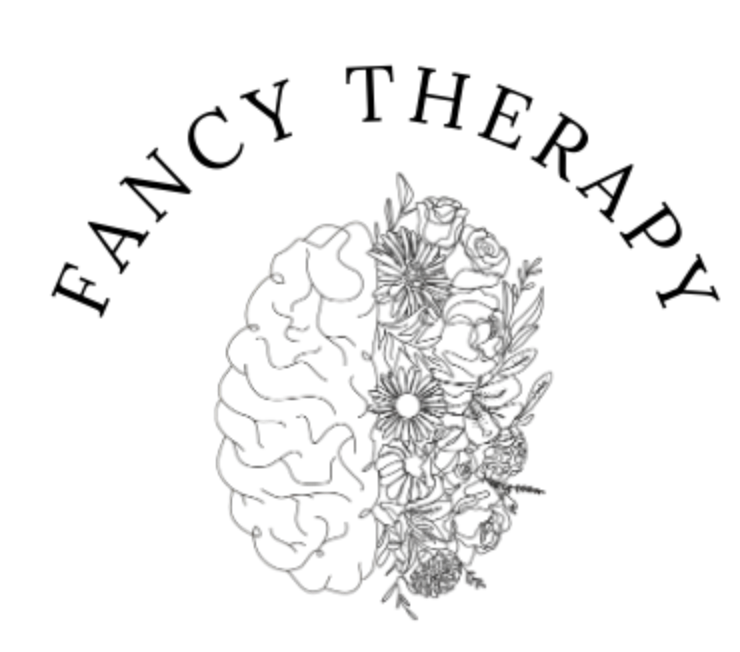Grounding the Self
The reticular activating system (RAS) is a nerve pathway in the brain stem. The RAS connects the prefrontal cortex with the brain stem and it is considered the centre for the focus of attention. Information from our senses is analysed and sorted by the RAS; the relevant is sent on to the prefrontal cortex, the irrelevant is blocked.
Athletes, musicians, and astronauts are examples of professionals who have had to train their RAS in order to perform at a high level in their area of expertise.
Following are some different activities to practise mindfulness using your senses. They can also be helpful to centre yourself when you are feeling overwhelmed.
Mindful Listening
If you read the blog post on Mindfulness and the Brain, you may have tried the mindful listening activity called the Core Practice. To do this activity you will need something that gives a sustained resonating sound such as a bell, or a chime.
Sit comfortably, sound the instrument and then close your eyes. Listen for the sound for as long as you can, focusing solely on the chime.
Once you can no longer hear the chime, take a minute to turn that focus to your breathing.
Mindful Seeing
Find a spot where you can watch outside, through a window or from a park bench. Sit comfortably where you can see activity going on around you.
Take 5 to 10 minutes watching what is happening, but rather than labelling what you see (bird, tree, baby), or judging (good or bad), try noticing the colours, shapes, movement, and patterns around you.
If your mind wanders or you find yourself labelling or judging, make note of that and bring your focus back to what you are seeing.
Mindful Smelling
Our sense of smell can recall memories including the people and place involved.
Next time you are sitting down to a meal take a few minutes before you dig in. Breathe in the aroma deeply and identify the different scents. Can you identify the different spices used in the dish? Have you smelled this before? What was the occasion?
Take another deep breath. What do you smell this time? What connections does it make for you?
As you enjoy your meal, note any additional scents.
Mindful Tasting
Mindful tasting or mindful eating has been linked to creating healthier eating habits, but also can create a more relaxing opportunity to enjoy your meals.
Eat slowly, put your fork down between bites, chew your food well, and make each meal last at least 20 minutes. Notice the taste, texture, shape, and smell of your food. Savour it.
Mindful Senses
If you have done any mindfulness training you may be familiar with this activity, it has many names. It is impossible to do this exercise and not be centred in the present moment. The order of the senses is not important.
Take a few slow breaths and ask yourself:
What are 3 things I can hear?
What are 3 things I can see?
What are 3 things I can feel?
What are 3 things that I can smell?
What are 3 things I can taste?
Hopefully one or more of these activities will be helpful.




